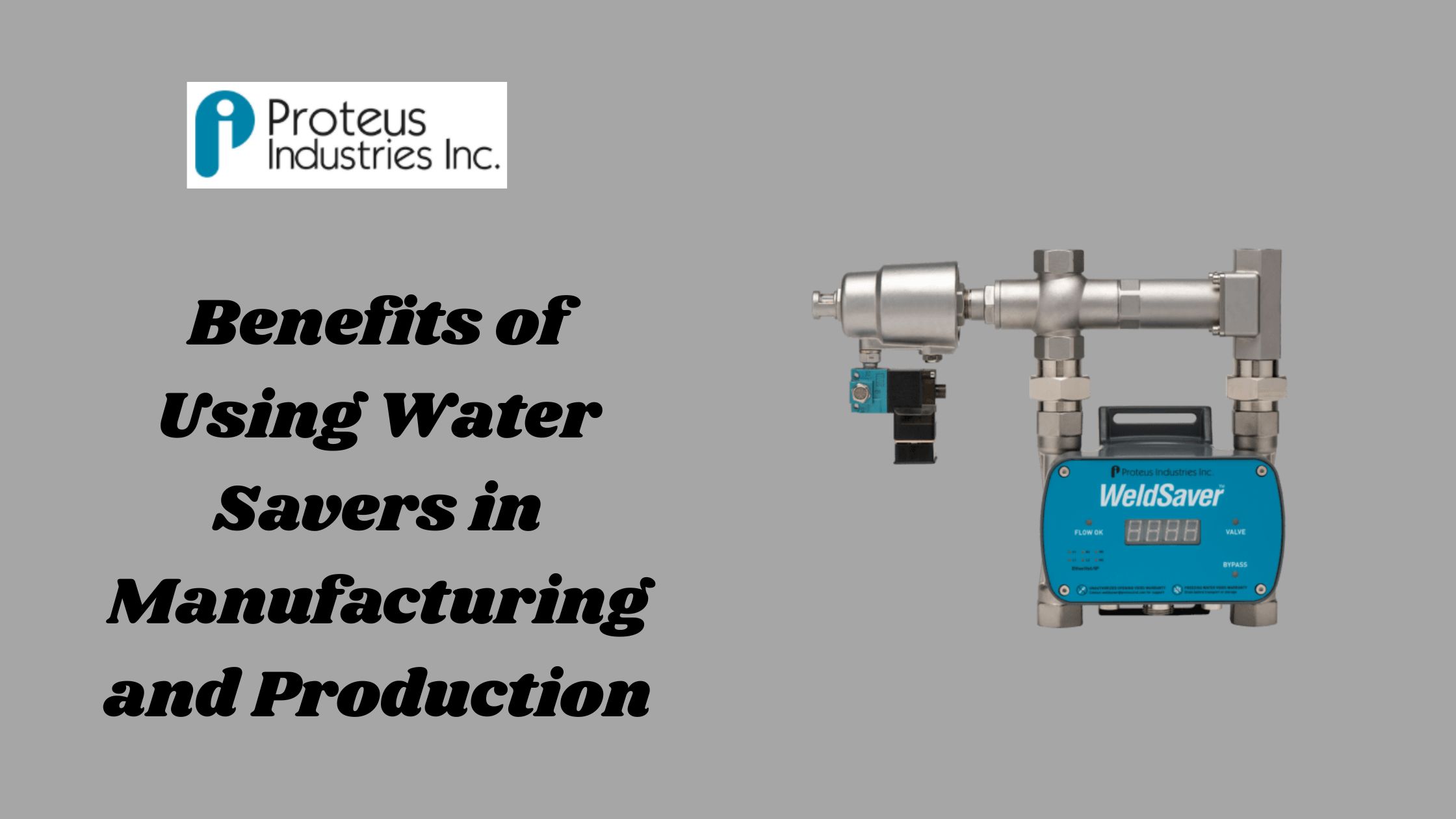Water is a vital resource in manufacturing and production, serving critical roles in cooling, cleaning, and various process operations. However, industries today face growing challenges, including water scarcity, waste, and inefficiencies in system management. Excessive water use not only increases operational costs but also impacts environmental sustainability. To address these challenges, water saving devices have emerged as innovative solutions that help optimise water use, improve system efficiency, and promote eco-friendly practices. This article explores the key benefits of using water saver in industrial operations and how they enhance productivity, safety, and sustainability across diverse manufacturing sectors.
Understanding Water Savers
Water savers are advanced devices that regulate, monitor, and minimise unnecessary water consumption in industrial systems. They help ensure that only the required amount of water is used during processes, preventing waste and inefficiency. Key features include automatic shutoff valves, flow sensors, and leak detection systems, enabling precise water control. These devices play a vital role in both cooling circuits and general water management applications by maintaining consistent flow and detecting irregularities in real time. Whether in high-demand environments or automated systems, water savers ensure reliable performance while supporting sustainability and cost reduction.
Importance of Water Efficiency in Manufacturing
Efficient water use is critical for maintaining cost control and environmental responsibility in manufacturing. Water is indispensable in processes such as cooling, cleaning, heating, and product formulation, making its management a core operational concern. Inefficient systems lead to waste, increased utility costs, and unexpected downtime. Moreover, poor water control can impact product quality and equipment performance. With increasing environmental regulations and the global focus on sustainability, industries must adopt water-efficient systems that reduce waste and enhance process reliability. Implementing water-saving technology is, therefore, a strategic move to improve operational efficiency and achieve sustainable manufacturing goals.
How Water Savers Work?
Water saver systems use smart sensors to monitor flow rates and detect any irregularities, such as leaks or excessive use. When anomalies are detected, the system automatically adjusts the water flow or shuts it off to prevent wastage. Many modern water savers integrate with IoT and PLC systems, allowing real-time data tracking, remote monitoring, and performance optimisation. This ensures continuous control and visibility across complex production lines. Additionally, these devices prevent overheating or system failure by maintaining optimal cooling performance, protecting equipment, and providing consistent operation — ultimately enhancing both efficiency and reliability in industrial environments.
Key Benefits of Using Water Savers
Reduced Water Waste:
Water savers instantly detect and stop leaks, ensuring that only the necessary amount of water is used. This prevents excessive flow, reduces wastage, and helps industries maintain efficient water management while conserving valuable resources over time.
Energy Efficiency:
By minimising unnecessary water flow and reducing pumping or cooling demands, water savers significantly lower energy consumption. This leads to improved overall system efficiency, reduced equipment strain, and measurable savings in electricity costs during continuous industrial operations.
Lower Operational Costs:
Automated control systems in water savers help reduce water bills and minimise maintenance expenses. By preventing leaks and optimising flow, they eliminate unnecessary usage, lower resource costs, and extend equipment longevity, resulting in long-term financial savings.
Enhanced Equipment Life:
Consistent water flow regulation helps prevent corrosion, mineral scaling, and thermal damage to industrial equipment. This stable operation minimises wear and tear, ensuring longer service life, fewer breakdowns, and reduced downtime for critical machinery and production systems.
Sustainability:
Implementing water savers promotes eco-friendly manufacturing by conserving water and energy. These systems support compliance with environmental regulations, contribute to sustainable development goals, and help industries demonstrate their commitment to responsible resource management and green production practices.
Improving Cooling System Efficiency
In manufacturing, cooling systems are among the largest consumers of water. Water saver devices ensure optimal flow and temperature levels, maintaining consistent cooling performance. By preventing overheating and improving heat exchange efficiency, they reduce thermal stress on machinery, extending equipment lifespan. Balanced cooling systems also enhance the quality of production and reliability by maintaining stable process conditions. In industries where temperature control directly affects output, such as automotive, electronics, and metal fabrication, water savers help achieve both operational consistency and energy savings, making them a valuable investment for performance optimisation.
Reducing Downtime and Maintenance Costs
Water savers play a key role in predictive maintenance by detecting leaks and irregularities before they cause major system failures. Early fault detection minimises unexpected downtime and prevents costly repairs or production halts. By maintaining optimal water conditions, they reduce wear on pumps, valves, and cooling circuits, thereby extending equipment lifespan. Fewer maintenance interventions mean lower labour costs and improved production uptime. For industries operating continuous production lines, integrating water savers ensures smoother workflows and reduces disruptions, thereby enhancing productivity and cost efficiency.
Environmental and Regulatory Benefits
Industries worldwide face stricter regulations on water conservation and environmental compliance. Water savers help businesses meet these standards by reducing overall consumption and minimising waste discharge. By cutting water and energy use, companies can improve their ESG (Environmental, Social, and Governance) performance and support global sustainability goals. Moreover, efficient water management aligns with corporate sustainability initiatives and demonstrates environmental responsibility. This not only improves brand reputation but also positions manufacturers as leaders in green production practices, a key competitive advantage in today’s eco-conscious markets.
Industrial Applications
Automotive: Used in robotic production lines for cooling and cleaning applications to ensure efficiency.
Electronics: Provide precise water control essential for micro-component and semiconductor manufacturing.
Power Plants: Enhance cooling and prevent overheating in turbines, generators, and heat exchangers.
These applications highlight how water savers adapt to diverse industrial needs, ensuring efficiency, reliability, and sustainability across all sectors.
Future of Water Management in Industry
The future of industrial water management lies in smart, data-driven systems. Upcoming innovations include AI-based leak detection, IoT-enabled optimisation, and predictive analytics to improve water distribution efficiency. Smart water networks will enable industries to monitor and remotely control usage, supporting proactive maintenance and long-term savings. As part of Industry 4.0, water savers are evolving into intelligent systems that integrate with broader automation networks, contributing to circular economy goals and sustainable manufacturing practices.
Conclusion
Implementing water saver devices in manufacturing and production delivers measurable benefits in efficiency, cost savings, and sustainability. These systems help industries minimise waste, extend equipment life, and meet environmental standards while maintaining high operational performance. As industries continue to modernise, adopting smart water management solutions will be essential to achieve long-term productivity and eco-friendly operations. Investing in advanced water savers not only ensures responsible resource use but also strengthens industrial resilience and competitiveness in an increasingly sustainability-driven world.





